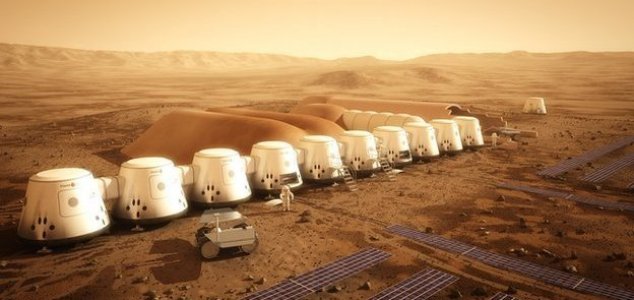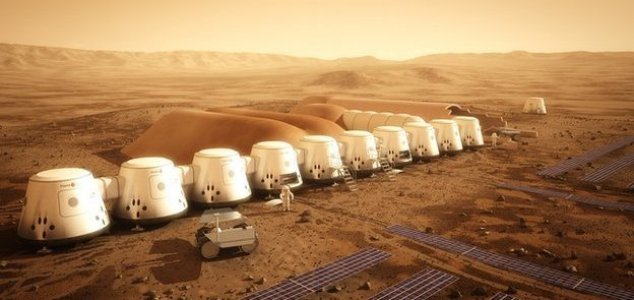
Can Mars One really build a Mars colony within 9 years ?
The Netherlands-based organization, which is still moving forward with its plans to send humans to live on the Red Planet, continues to remain something of an enigma in the field of space exploration.
Despite there having never been a manned mission to Mars and with NASA still decades away from attempting such a trip, Mars One believes that it can not only send humans to Mars by 2024 but that it can also set up a fully functioning colony there where these first pioneering explorers will live out the rest of their lives.
Now the company has announced that on Monday it will be revealing its shortlist of 100 applicants who will be vying for a chance to book their seat on the first historic mission. The list has been whittled down from the original 200,000 who put their name forward for the trip.
Home Plate is a plateau roughly 90 m across within the Columbia Hills, Mars. It is informally named for its similarity in shape to abaseball home plate. Home Plate is a rocky outcrop that appears to show layered features.
The plateau has been extensively studied by Spirit, one of the Mars Exploration Rovers, since 2006. The rover became stuck in loose granular material alongside the northeast side of the plateau. The rover last communicated with Earth on March 22, 2010.
Scientists now believe that Home Plate is an explosive volcanic deposit. It is surrounded by deposits of basalt, which are believed to have exploded on contact with water. The presence of brine is further supported by the high concentration of chloride ions in the surrounding rocks. The presence of bomb sags (laminae typically found in beds of volcanish ash) seems to confirm this hypothesis.
A patch of 90% pure opaline silicon dioxide was unearthed by Spirit in the vicinity of Home Plate. The patch is believed to be formed in acidic hydrothermal conditions, which supports the theory that Home Plate is of an explosive volcanic origin. Water is also present as mineral hydrates.
Since 2008, scientists believe that this formation is an example of an eroded, ancient, and extinct fumarole.
The next step in the process will be to send a satellite to Mars in 2018, a rover in 2020 and a cargo vessel with a habitation module in 2022 for the first colonists to live in.
Critics however argue that the technology to accomplish such an endeavor simply isn’t there yet and that any attempt to send humans to Mars so soon will almost certainly end in disaster.
Originally posted 2015-11-06 15:26:02. Republished by Blog Post Promoter












